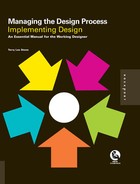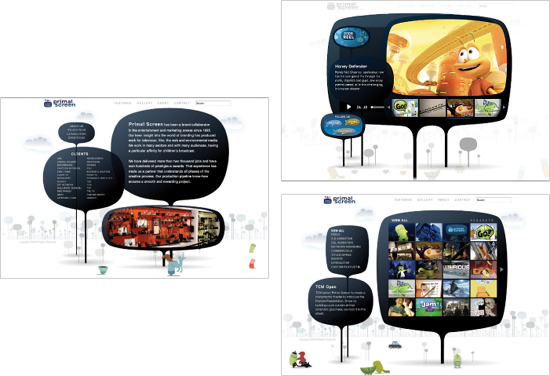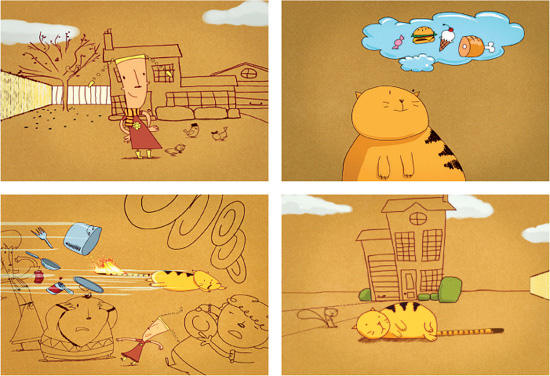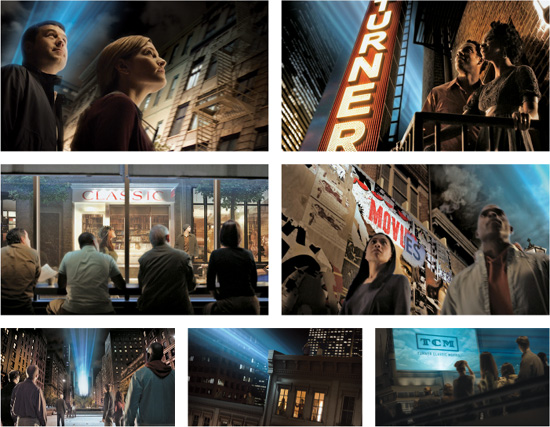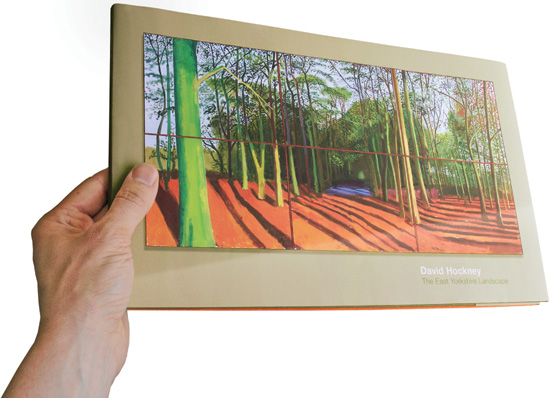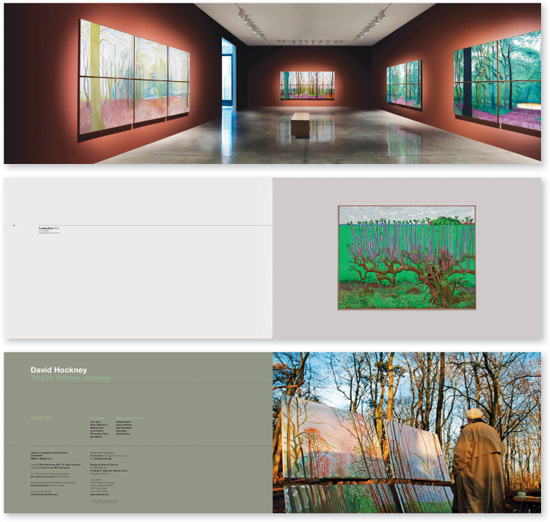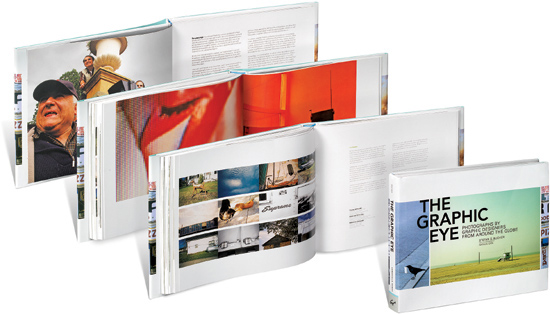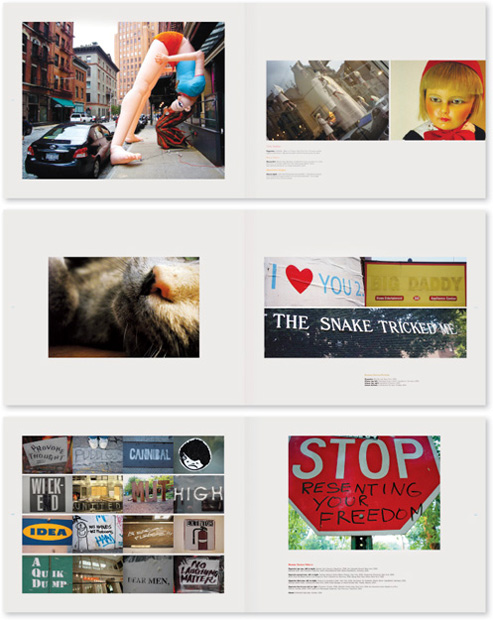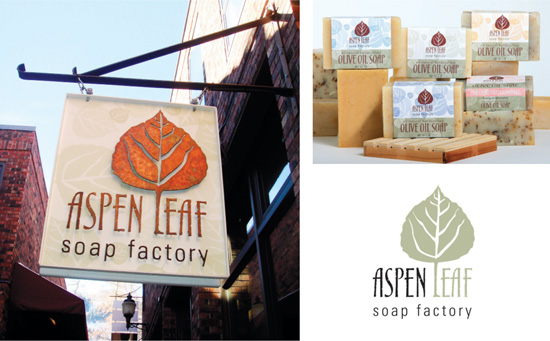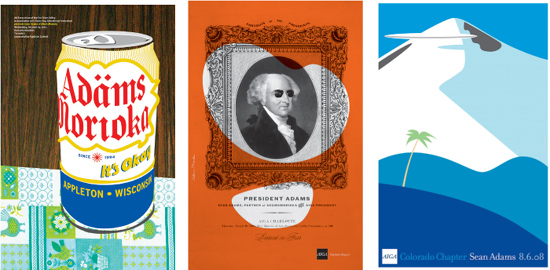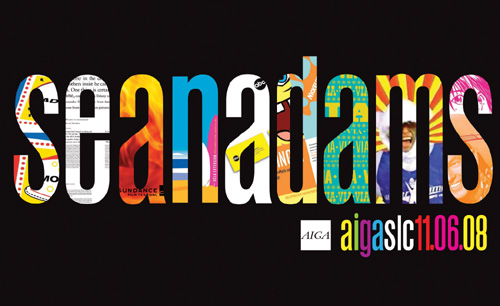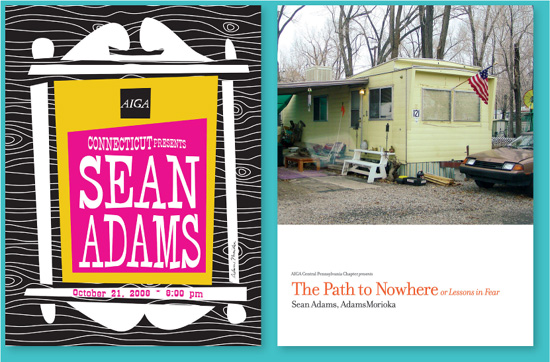Chapter 7
Managing Clients
Six Tips for Getting Client Approval
Getting clients to buy into the design, no matter what stage the project is in, is vital. Designers must figure out how to sell their ideas to their clients. Accomplishing this is partly informing them and partly charming them, with a lot of salesmanship thrown into the mix. Here are some tips on persuasion:
| Set the tone. Be on time, dress to impress, and have presentation materials in order. Establish a friendly bond with the client and show them respect and warmth. Set the stage for them to receive the presentation and listen to you in a positive frame of mind. |
|
| Summarize the background. Remind the client of previous discussions. Review any research, strategy, or prior thinking for the work. Sum it up again so that the client understands the context of the current presentation. Reinforce that this is not an arbitrary concept, but a design based on the creative brief. |
|
| Tell them a story. Explain briefly how this idea works. Take them through the decision-making process for the design. Do it in narrative form. Show how the idea evolved from the client’s goals and that it is a logical conclusion, and, therefore, a perfect design solution. |
|
| Employ relevant buzzwords. Speak as the client would speak when talking about the design’s goals, context, and appropriateness. Refer to the client’s language from briefings. If they wanted to “dominate” or “reignite” or “dazzle,” tell them that your idea does exactly that. |
|
| Give them a solutions hook. Clients love a short, easily repeatable explanation of the design that they can express to their internal team. Make it clearly definable and memorable. Explain the concept as a sound bite that obviously solves their problem. Let this be the take-away they can explain to others. |
|
| Know when enough is enough. Make your case. Do it with confidence. Then stop talking and invite feedback. Think before you speak and especially avoid defense mechanisms. |
How to Run a Creative Meeting
Throughout the design process, no matter what the project, every graphic designer has to have meetings. Some are internal, and some of the most important ones are with clients. Here are some recommendations regarding meetings.
The main reasons to have a meeting:
• Evaluate information.
• Make decisions.
• Make key creative presentations.
• Inspire the team.
• Bring people together.
Don’t call a meeting if you
• Have a simple message to deliver, especially if it requires no immediate answer
• Are more persuasive on paper or via telephone than face to face
• Can reach your goal by other means
If you must call a meeting
• Prepare for it in advance.
• Define the meeting’s purpose and goals.
• Invite the minimum number of essential people to attend.
• Create an agenda, send it before the meeting, and stick to it at the meeting.
• Make sure all attendees have the relevant logistical information (location, time, parking, etc.).
• Start and end the meeting on time.
• Keep it short and to the point, but make sure all attendees have a chance for input.
• Present only relevant background information.
• Emphasize people—listen to the group, exchange ideas, stimulate discussion.
• Assign follow-up action items and then make sure they are done.
• Close the meeting by summarizing decisions and next steps.
• Confirm commitments and responsibilities.
A meeting will tend to fail because
• It was unnecessary or held for the wrong reason.
• The objectives and goals weren’t clear.
• The wrong people were present.
• It was badly timed.
• It wasn’t properly controlled and was subject to poor decision making.
• It took place in an uncomfortable environment.
To be effective in meetings
• Clarify and summarize.
• Listen and question.
• Concentrate and focus.
• Be polite and patient.
• Serve as a role model.
• Encourage participation.
• Don’t dominate the discussion.
• Control your emotions.
• Judge content, not delivery.
• Observe verbal and nonverbal cues.
• Tolerate divergent views.
• Act as a mediator.
• Stay impartial until all information is out.
• Be fearless.
